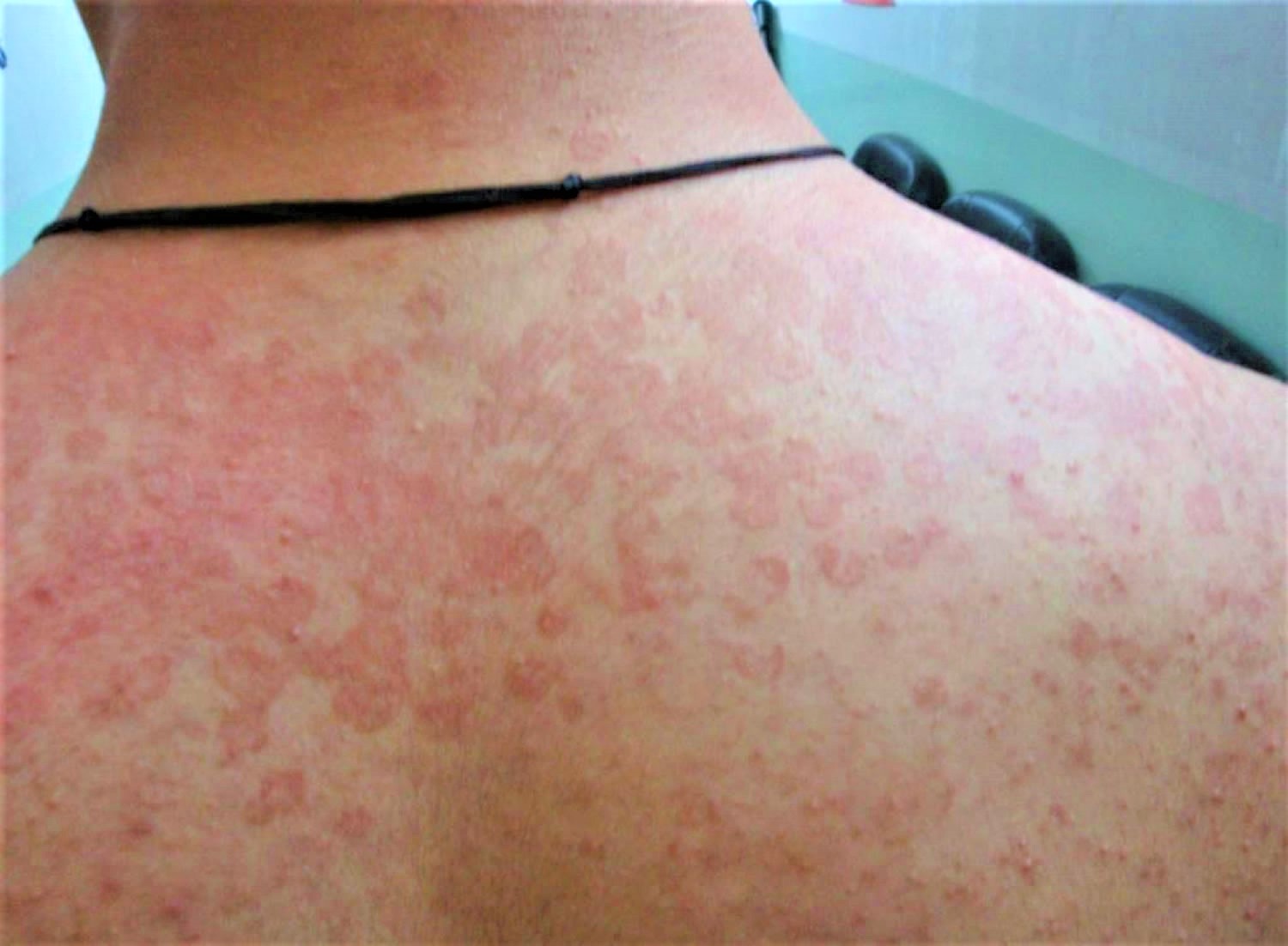Tinea versicolor treatment natural symptoms cure causes figure coconut vera aloe oil
Tinea Versicolor: Good Hygienic Routines to Follow
Understanding Tinea Versicolor
Tinea Versicolor is a common fungal infection that affects the skin. It is characterized by the appearance of discolored patches on the body, usually in shades of white, tan, or brown. Although it is harmless and doesn't cause any significant medical complications, it can be quite embarrassing and may affect an individual's self-esteem. The good news is that Tinea Versicolor can be easily treated with proper hygiene and medication.
Causes and Symptoms
Tinea Versicolor is caused by an overgrowth of yeast on the skin. The yeast, known as Malassezia, is naturally present on the skin, but certain factors can trigger its proliferation. These factors include hot and humid weather, excessive sweating, oily skin, hormonal changes, and a weakened immune system. The overgrowth of yeast leads to the development of discolored patches on the affected areas of the body, such as the chest, back, neck, and arms.
Treatment and Remedies
Treating Tinea Versicolor involves a combination of good hygienic practices and medication. Here are some steps you can take to effectively manage this condition:
1. Maintaining Good Hygiene
Regular bathing and showering are essential to keep the skin clean and prevent the spread of the infection. Use a mild soap or cleanser to gently wash the affected areas, and avoid excessive scrubbing, as it can irritate the skin. Dry your skin thoroughly after showering, paying extra attention to the affected areas.

2. Medication
Over-the-counter antifungal creams, lotions, or shampoos are commonly used to treat Tinea Versicolor. These medications contain ingredients such as selenium sulfide, ketoconazole, or zinc pyrithione, which help control the growth of the yeast. Apply the prescribed medication to the affected areas as directed by your healthcare provider.
3. Preventive Measures
To prevent a recurrence of Tinea Versicolor, it is important to maintain good hygiene and take preventive measures. Avoid excessive sweating by wearing loose-fitting clothes and using talcum powder in areas prone to sweating, such as the underarms and groin. Additionally, practicing good skincare habits, such as regularly exfoliating the skin and using antifungal powders, can help keep the yeast in check.

4. Consultation with a Healthcare Provider
If your symptoms persist or worsen despite following these measures, it is advisable to consult a healthcare professional. They may prescribe stronger antifungal medications or recommend other treatment options, such as oral antifungal tablets or light therapy, depending on the severity of your condition.
Conclusion
Tinea Versicolor may be a common occurrence, but with the right hygienic routines and proper medication, it can be effectively managed. Remember to practice good hygiene, use antifungal treatments as directed, and take preventive measures to minimize the chances of reinfection. If in doubt, always seek medical advice from a healthcare professional. With these steps, you can regain your confidence and ensure healthy, beautiful skin.